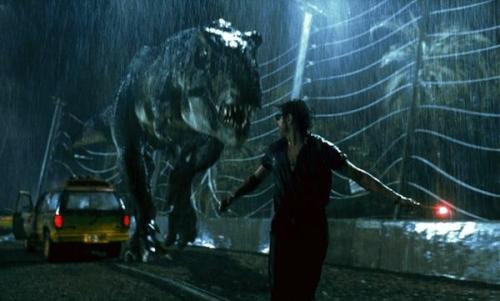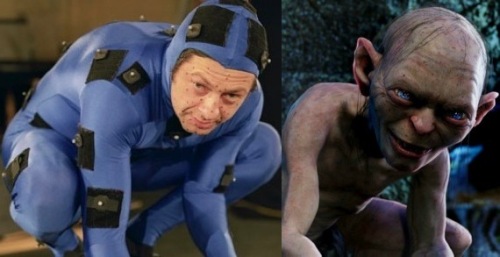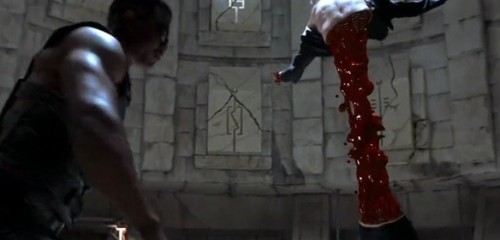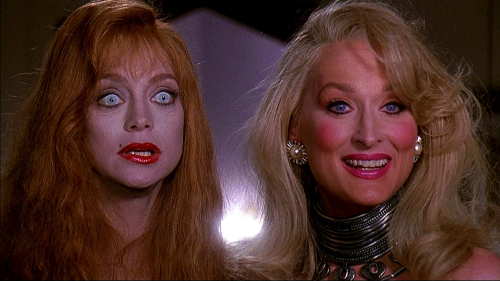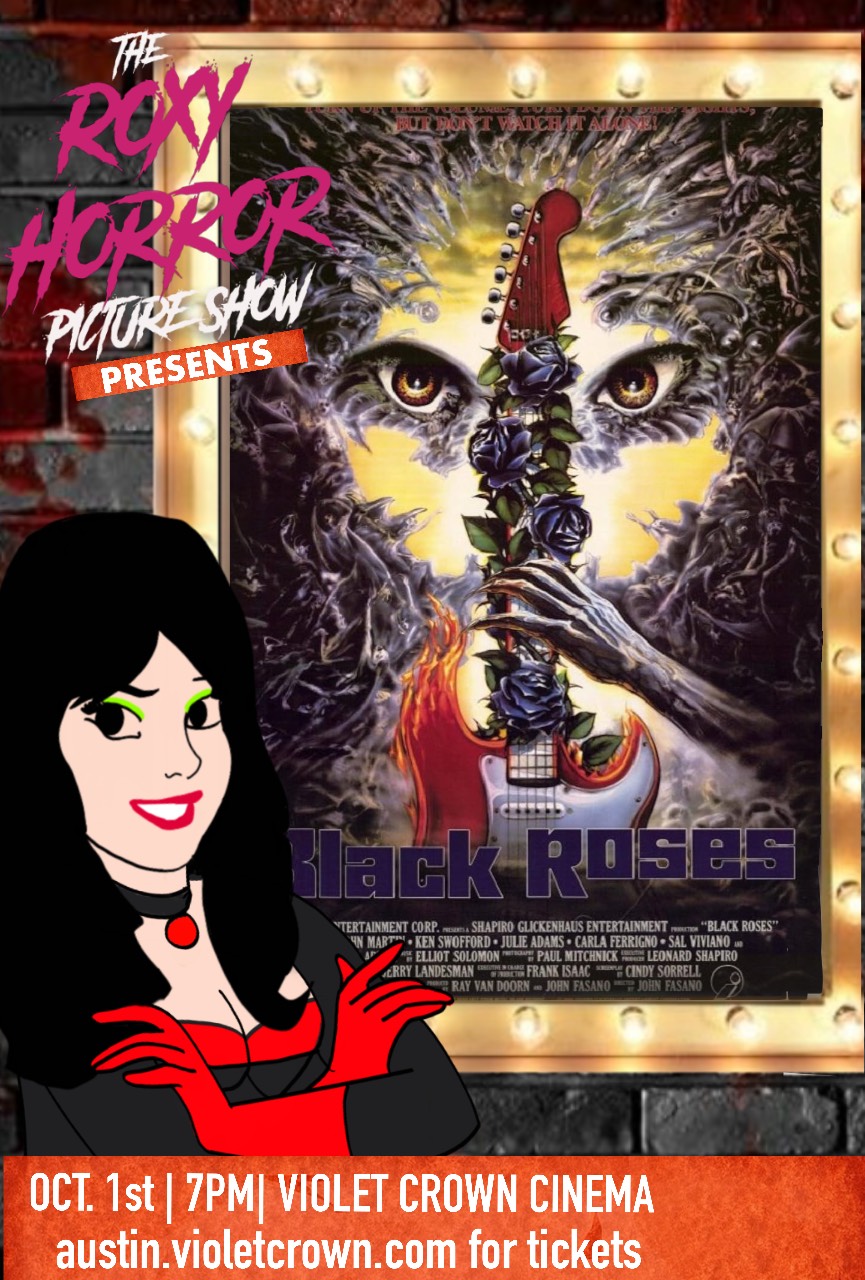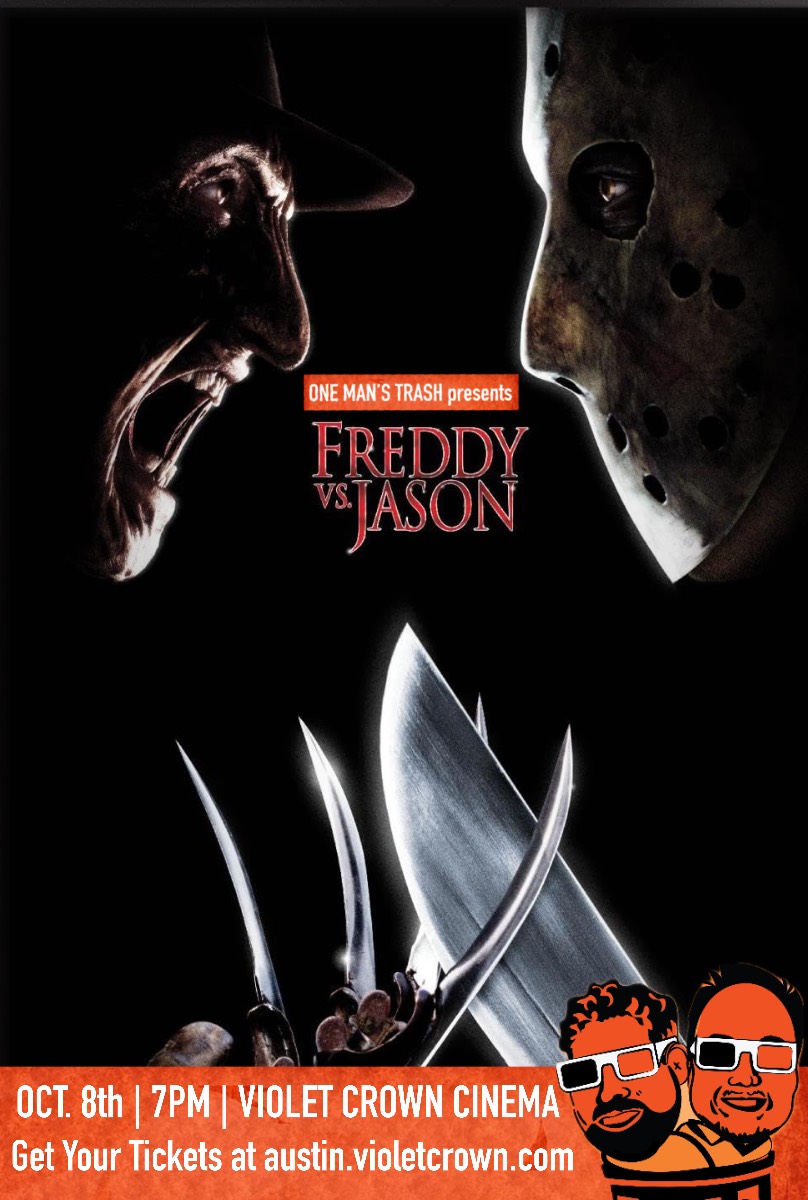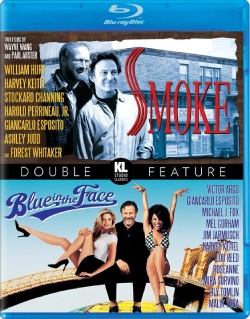Human technology is a true wonder. It has elevated us away from focusing our day to day activities on the plight of survival and allowed us to flourish in development of the arts. Like most people, I embrace certain aspects of technology wholeheartedly, while dragging my feet with others. For example, I’ve finally succumbed to the fact that texting is now more prolific than actually speaking to somebody on the phone. For a girl who likes to talk as much as I do, it’s been a struggle to accept.
In movies as an art form, the rise of technology, particularly CGI has created an entire new realm of possibilities. Artists can make anything come to life, in delicious, vivid dimensions. I remember my first time watching Jurassic Park, eyes wide and heart racing as that infamous T-rex chased my beloved Jeff Goldblum in the rain. It was amazing! I was actually looking at a dinosaur! I wholeheartedly embraced this new generation of cinematic magic and still love every minute of it.
However, there is one aspect of CGI evolution that I don’t embrace and in actuality, I kind of despise. That, my friends, is when film makers, for whatever reason, choose computer graphics over practical make up, especially when it is 150,000% unnecessary!
Now, I get that there are certain non-human creatures that are truly impossible to create with human actors and even the best make-up artists have limits. Some examples are Gollum, from Peter Jackson’s Lord of the Rings or the Na’vi creatures from James Cameron’s Avatar. There is just no way to get an actor to conform to the physicality of these characters using make up, so the CGI work expands the film makers’ possibilities. These marvelous innovations aside, what really irks me is when CGI is absolutely unnecessary, but it is used in place of talented make-up artistry.
Firstly, computerized imaging doesn’t age well. CGI only looks good when the level of technology used to view it, matches the era or level of technology available when it was created. In other words, 1990s CGI looked spectacular when watching it through state-of-the-art 1990s televisions. Now, that home viewing and even mobile devices deliver higher and higher definition imagery, movies that relied on heavy computer graphics from as little as a few years ago, start to look kind of off. Our eyes can easily detect the inconsistency of what was artificially added and what actually existed in front of the lens. This discrepancy, when observed on an actor’s face, in the place of practical make up, throws the audience off. While we are much more forgiving of hokey-looking back drops, and environments, the human face does not get the same leniency. Instead of enhancing the character, CGI make-up can disconnect the viewer from the actor’s intention and place in the story. Since infancy, we are finely tuned to facial features and use facial expressions as a major form of communication. Intrinsically, it’s hard for us to ignore when an actor looks mismatched with his CGI enhancements. The computer graphics almost look like they are trying to catch up with the nuances of human movements, instead of moving with the actor, the way practical make up would.
The most annoying and abusive use of computerized make up effects that never ceases to bother me, is the use of CGI blood. The problem here is not that the blood doesn’t always look real, even though it usually doesn’t. It’s that the post-production team always seems to ignore certain laws of physics and the rules of film continuity. When blood is spilt, splattered, or gushed, it has to end up somewhere. It should be smeared on weapons, spackled on the wall, or pooled underfoot. I’ve watched dozens of good (and bad) films where a violently bloody action sequence ends with the protagonist walking away from a spotless room and clean floors. I’ve even watched swords slash wonderfully through a foe, and as blood squirted from the wound, it spread out into small drops, and just disappeared in thin air. What the fuck?!
However, when “real” fake blood is used, the result is a marvelously messy and eye-popping spectacle. The scene has more impact, because, honestly, it looks more graphic. Some may argue that this is a choice in story-telling styles, but I argue that CGI blood is usually used to allow for more takes on a particularly complicated action sequence. And, I would have no trouble with this, if enough artistic commitment was given to follow through. If a director wants to include a bloody battle in their movie, back that shit up! Make sure T’s are crossed and I’s are dotted in post-production, and be sure to include good post-blood effects work in the time and financial budget.
Annoyances aside, I do believe that CGI make-up has a place in film. I was recently rewatching Robert Zemeckis’ Death Becomes Her. As one of my long standing favorite films, I admire this movie because, although there is an abundance of computerized make-up effects, Zemeckis chose practical make-up effects at every opportunity. He uses CGI as a last resort, and a surprising amount of the effects are done using simple and fabulous practical trickery.
If you have the time, please check out Death Becomes Her. The film uses both CGI and practical effects to tell a cautionary tale of the dangers of vanity and envy. It’s seriously, one of those movie gems that should never be allowed to fade from our memories. But, my love of the film aside, the point I am making here is that the best effects in this movie, and the ones that hold your belief the most, are the practical ones. Between your chuckles as the insane hijinks of the main characters, you’ll instantly spot the CGI moments, and you’ll probably simply accept the impact of the practical ones, without losing touch with the story. Hint, hint: Meryl Streep’s total body rejuvenation in front of the mirror was done almost entirely by using practical effects, including the breast lift. Thank you for reading and I always welcome any comments!
–Diva Del Mar
Interested in picking up some of the titles mentioned in the article? Please use our Amazon links to do so!




